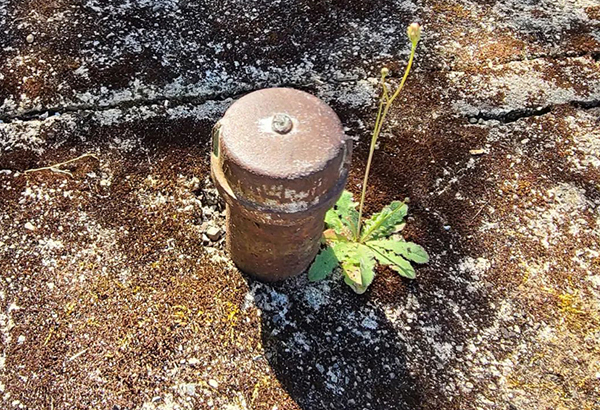 Fully Licensed and Insured
Fully Licensed and Insured Request an Oil Tank Scan
Request an Oil Tank Scan Request a Free Estimate
Request a Free Estimate

There’s a lot that goes into finding the perfect home. In competitive markets like Vancouver, the house hunting and buying process can be physically and emotionally exhausting. When you find a property you love, it’s tempting to jump in both feet first without doing your due diligence.
Unfortunately, too many new home buyers find out the hard way that looks can be deceiving. Even if a home appears to be in great condition, there can be problems lurking below the surface, including a hidden oil tank.
Before natural gas and electric heating took over, oil-fed furnaces were the primary heating source for many Vancouver area homes – and to help conserve space, this oil was generally stored in underground oil tanks. However, even after transitioning to other heating sources, many of these oil tanks remain underground. Over time, these metal tanks deteriorate, increasing the risk of leaks and spills, which can have serious environmental, health, and financial consequences for homeowners.
To avoid the potential repercussions of an oil leak and the cost of soil remediation, home buyers of at-risk properties (homes built before 1980) should request oil tank detection in addition to a standard home inspection before closing a real estate transition to ensure that the property is safe.
Oil tank detection is the process of locating and identifying the presence of an oil storage tank on a property. It is a necessary process that helps homeowners, property buyers, and other concerned parties mitigate the potential risks and hazards associated with oil tanks.
There are several different methods used for oil tank detection, including:
If an oil tank is detected, it is vital to take action to mitigate the risks. As a potential homebuyer, this may involve requesting the seller have the tank removed in addition to any remediation work that might be required before closing. If you are a seller, it would be prudent to have oil tank detection completed before listing to avoid added costs and delays in the sale of your home.